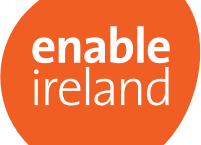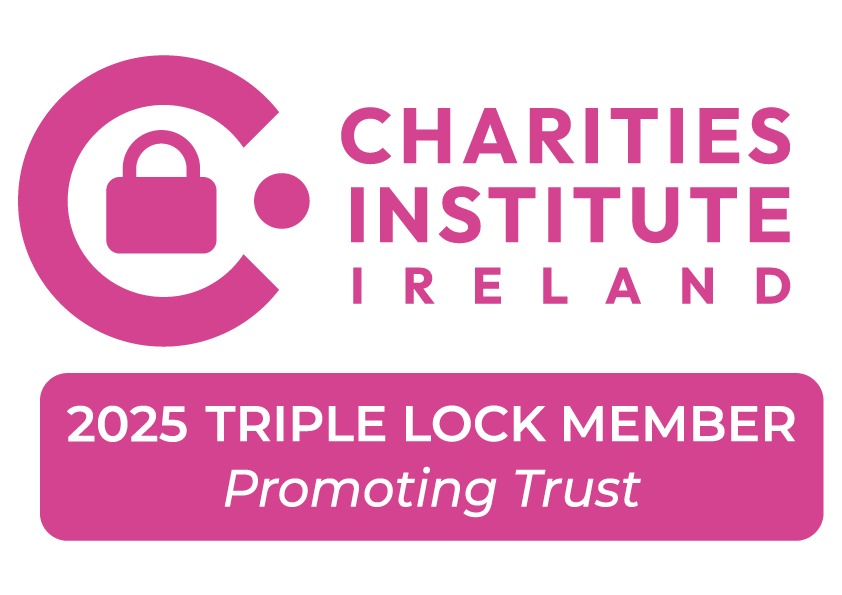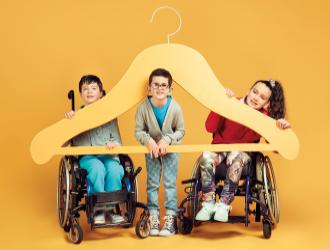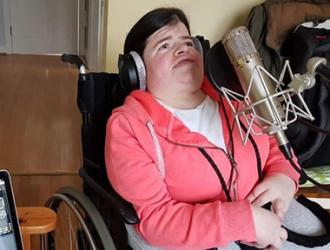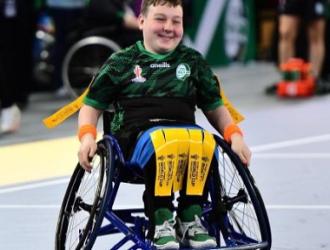Find out what its like working as a speech and language therapist with Enable Ireland
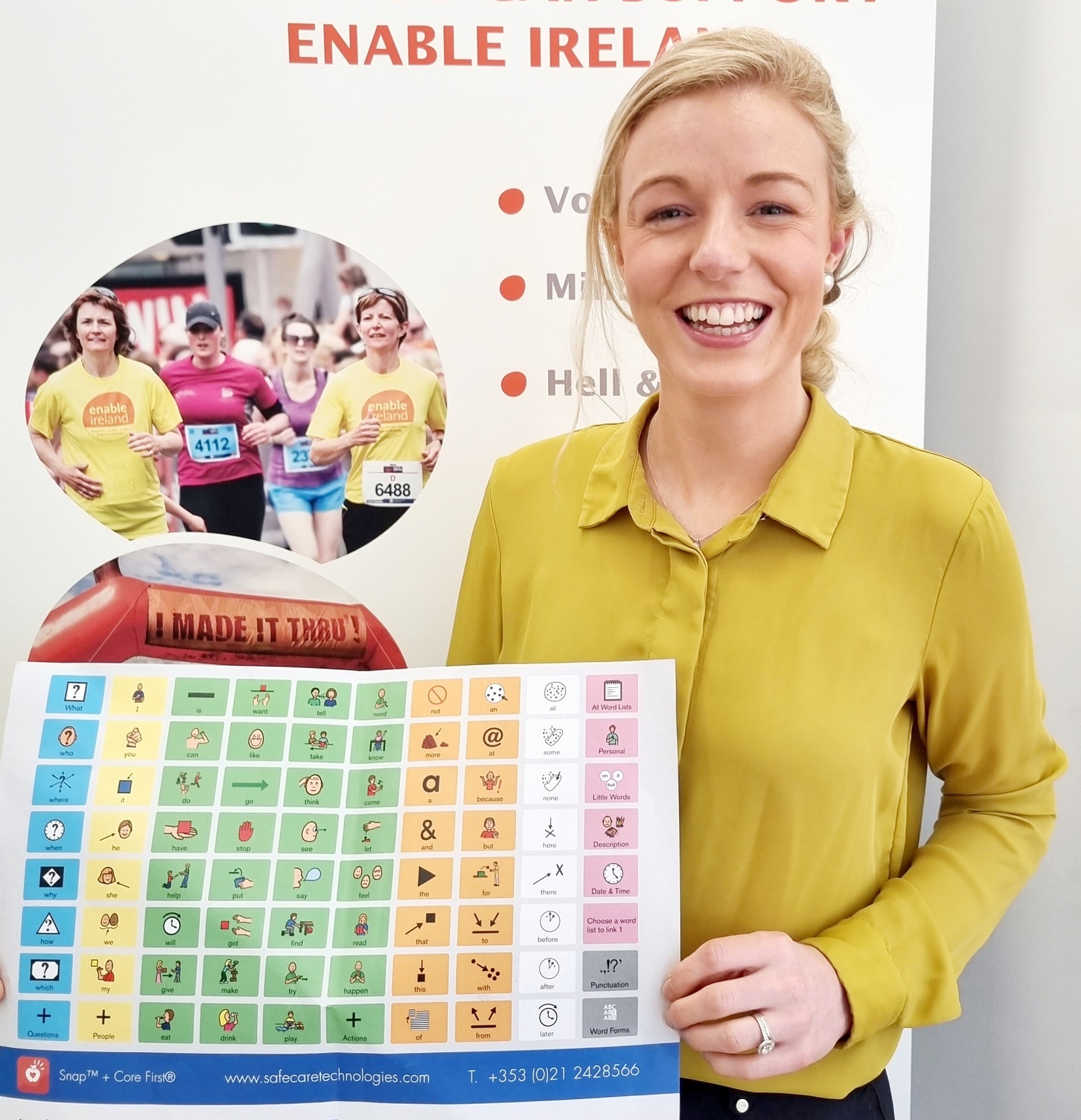
"I love what I do, I get to help children to fulfill their potential."
Why did you become a speech and language therapist (SLT)?
I always had a passion for languages. I looked at a career in linguistics and also psychology then I came across the Speech and Language Therapy course at Trinity College and I loved the variety of the modules. It was a hard course and demanding but I enjoyed it. I got a chance to do some of my placements during college in children’s disability services so this was an area I wanted to work in.
When I graduated in 2011, like lots of people I couldn’t get a job in Ireland so I went to Singapore and started my career there. Then an opportunity came up in Enable Ireland in Bray and I flew home for the interview. I was thrilled to get the job then and I’m still really enjoying the job eight years later. Over the course of the last few years, I have worked in both Enable Ireland Bray and Sandymount and have learned so much from my work in both centres.
In addition to my role as a therapist, I am also a practice tutor which means I organise and coordinate clinical placements with Enable Ireland for Speech and Language Therapy students from Trinity College. The experience students get on these placements is really important and they earn valuable experience working on a children’s network disability team.
What are the positives of working in Enable Ireland?
The teamwork here is really positive. We all feel really well supported by our manager and there is an emphasis on health and wellness for staff. We have opportunities to celebrate what we have achieved together as a team and we support each other in our roles. We have a quiet room in the centre which staff can use, we take walking breaks and we plan monthly activities together as a team. We all feel really well supported by our manager. The work that we do is really impactful and we get to help children to fulfil their potential.
"In my role as an SLT, I get the opportunity to give children the means to make those moments of meaningful communication occur each day and that is the reason I love doing what I’m doing!"
What are the challenges in the role?
At the moment, we work with a lot of resource constraints and this means we can’t give every family everything they need all of the time. We have had to be creative and organised about planning interventions for families to maximise service delivery using the resources that we have. It is harder at the moment working in children’s disability services and that’s why working together as a team and having the support of management is really important.
What is a typical day like for you?
There is a huge variety in the work I do. I see children from the full age range from newborn up to 18 and with a huge range of diagnoses and complex needs. No two days are ever the same. I can be working with a newborn on feeding and then developing language skills with an 8-year-old. I have found that having such a variety of clinical profiles on my caseload makes my day-to-day work really interesting and it has also been very good in terms of ongoing professional development. The types of interventions we use are also very varied. They don’t all take place in the clinic. I can be working with a child at home or in their school or community or in the hydrotherapy pool. We do a lot of group interventions and we also do parent training on key topics.
We work with each family and agree on functional goals for the child. We work together as a team and I might be working with a dietician, an occupational therapist, or a psychologist, each giving their perspective on the challenge. The end result we are looking for is a positive outcome for the child and their family.
As a speech and language therapist, my goal is to give the child a voice and to further develop the child’s existing communication skills. This could be using words Lámh signs, gestures, high tech or low-tech aids. You want to be able to give the child a voice so they can have meaningful communications with their family. Like being able to tell a parent ‘I love you’ for the first time.
